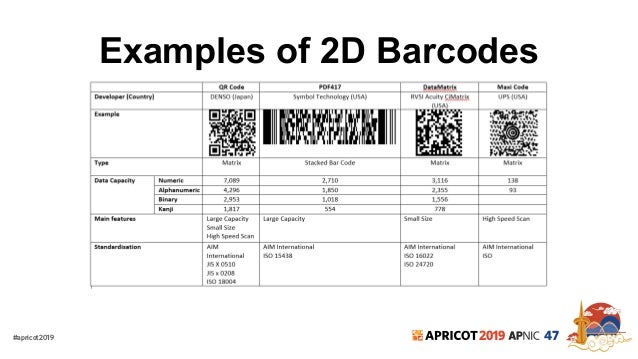To Scan Or Not Scan... That Is The Question!
The trigger to scan this patient was the presence of a clearly atypical presentation, which included early onset bulbar features and gait problems, incontinence and cognitive dysfunction. The initial CT scan could probably have been skipped to save time, patient burden and costs, because a subsequent MR scan was inevitably needed anyway. Make sure scanner can scan to open or search-able PDFnot an image or TIFF I would recommend sitting down with your Attorney for a review of what documents her or she would like to see you keep. After that meeting you and your company need to establish a document retention policy and have that available for review by your auditors. Scan or not to scan, that is the question? How to use QR code.Use a QR code scanner that has security features.Is not compatible with. Now, however, a quick scan and you have an order. Codes can be used on all manner of things; I would love to run an insert card that is quite simply a response code just to see what happens. Generally I think it is a good idea to inform people what will happen when they scan the code, but if anyone has ever run a card with only a code printed.
What should be scanned and kept as record? This is the question facing many companies as they look for ways to move forward within the EDMS or move away from paper. Here’s the basic place to start:
- Decide how far back to go when scanning (recommend you go back 10 years)
- Bank statements, payroll, insurance certificates and HR documents are a no brainer
- Decide what records you NEED to keep vs what you would like to keep
- Pick a high volume scanner
- Make sure scanner can scan to open or search-able PDF…not an image or TIFF
I would recommend sitting down with your Attorney for a review of what documents her or she would like to see you keep. After that meeting you and your company need to establish a document retention policy and have that available for review by your auditors.

Shakespeare obviously didn’t have document scanning in mind when he penned his famous phrase. But the dilemma presented is somewhat similar. Should your employees be utilizing scanning options more than they currently do?


To Scan Or Not To Scan Dat Is The Question
Paper is not only expensive, but it can also often cause more work and headaches after a document is physically produced. Scanning can eliminate some of those concerns.
Why should you scan your documents? Here are a few basic reasons why it makes sense:
- Reduced storage and administrative costs– Once you’ve created a paper document it has to be filed and maintained, increasing employee workload and increasing the office budget.
- Improved search and editing functions – With digital records you can search documents by keywords or phrases and edit them at your desk, or even from your mobile device.
- Protection from disaster or theft – With the proper security and backup policies in place, you never have to worry about a missing document or record.

To Scan Or Not Scan.. That Is The Question Mark
A paperless office may still be a little far-fetched, but with the right resources and guidance, you can certainly take advantage of technology to reduce your dependence on paper. Consult a records management professional for help on how to start.